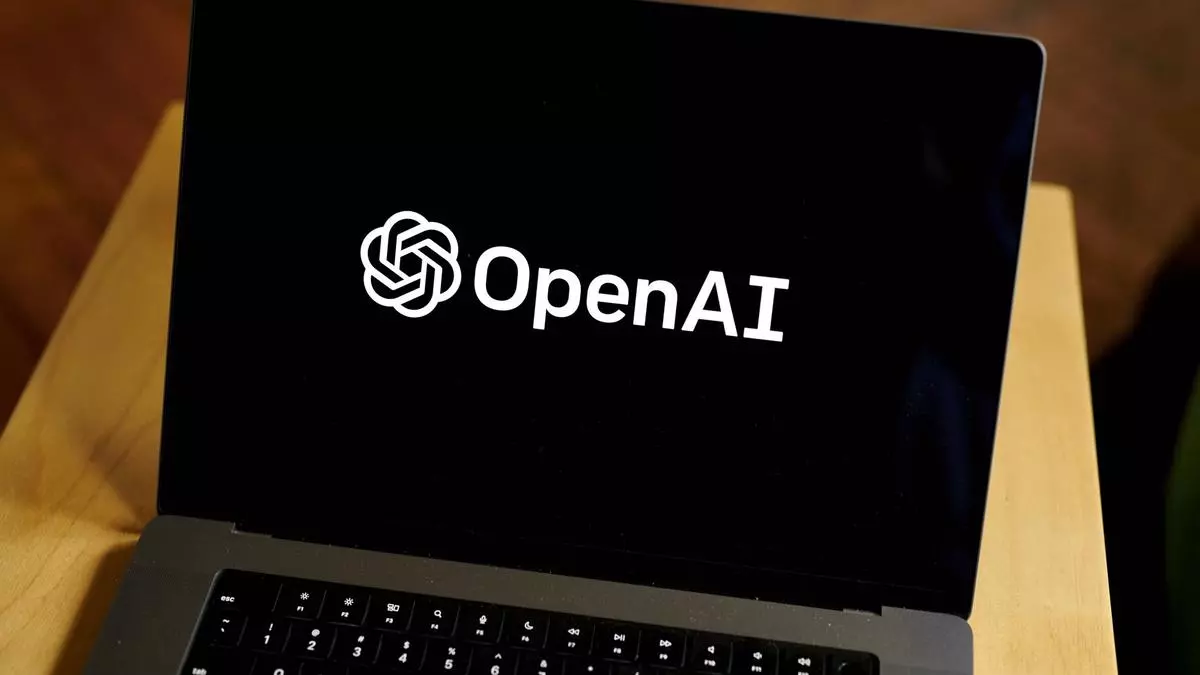Is Gen AI Creating A Divide Among Law Firms Of Haves and Have Nots?

On Friday, I spoke to a group of trial lawyers on the use of generative AI in litigation. Many in the room were that increasingly rare breed of lawyer who actually go into court and try cases. Of several that I spoke to before and after my talk, they were proud of their courtroom skills and happy to share a war story or two. But when it came to talking about generative AI, most seemed to have barely given it a thought.
In fact, during my talk, when I asked for a show of hands of who had tried ChatGPT, I saw only two go up. When I asked if anyone had used a generative AI product in their legal work, no hand went up. When I asked if they were familiar with the Avianca hallucinated-citations case, no hands went up. When I asked if they had heard about the Stanford study on hallucinations in legal research, no hands went up.
My poll was anything but scientific, and the lack of raised hands may have been attributable to the early-morning hour, or to shyness, or to simple lack of interest. But, as I said, several of the lawyers there told me, outside the context of my talk, that they were completely inexperienced in any aspect of generative AI. Two told me outright that they have been ignoring it because they are retiring soon.
For what it is worth, conversations I had after my talk were of a different tenor than those before. Several people told me I’d sparked their interest, or at least made them realize they should start to take this technology seriously. One trial judge in the room bemoaned that the higher ups in her court system prohibited the use of any type of AI. One of the products I demonstrated was Clearbrief, and the judge told me that when she saw that, she realized what a time-saver it could be for her, as she has no law clerks and writes her own opinions.
If I were to assess the legal landscape based only on LinkedIn, I might conclude that everyone in the legal profession is at least talking about generative AI, if not using it. My feed is full of people who are immersed in the technology ecosystem, and that makes it easy sometimes to forget that not everyone in legal is as tuned in to the latest tech.
It further seems to me that there is increasingly a divide in the use of generative AI between larger firms and smaller firms. Some will jump on me for saying that, because there are clearly smaller firms that are leading the pack in their development and use of generative AI. (I’m looking at you, Siskind Susser.) By the same token, there are larger firms that have locked their doors to generative AI.
But of the firms that are most openly incorporating generative AI into their workflows, they seem mostly to be larger firms. There is good reason for this. Larger firms have innovation officers and KM professionals and others on staff who are leading the charge on generative AI. Thanks to them, those firms are better equipped to survey the AI landscape and test products under controlled and secure conditions.
I once wrote a column on Above the Law in which I argued against the cliché that lawyers are slow to adopt new technology, and in which I further argued that the lawyers most commonly at the vanguard of tech adoption are not those in large sophisticated firms but rather rank-and-file lawyers in solo and small firms.
Why were solos and smalls often at the vanguard of legal tech adoption? Because it armed them with resources they otherwise did not have, empowering them and leveling the playing field against their larger-firm counterparts. (In fact, way back in 1995, I wrote a magazine article about technology’s impact on the legal profession, in which I discussed how technology empowered solo and small-firm lawyers.)
But generative AI is a different sort of beast, not so easily adopted by a small firm that lacks IT or innovation staff. Gen AI is still a little-understood and potentially dangerous black box to many legal professionals, and for them to explore it requires time and know-how that they do not have.
This imbalance in innovation staff and capacity between smaller and larger firms means that larger firms have the upper hand when it comes to adopting and deploying generative AI tools. That means that, rather than level the playing field for smaller firms, this technology has the potential to throw it wildly off kilter.
A potential further cause of imbalance is in the gen AI products being developed for the legal industry.
Earlier this year, I wrote about the justice gap in legal tech — the idea that so much of the money and development of legal tech is directed to tech for larger firms and corporate legal, rather than to tech to better meet the needs of low-income Americans who are often shut out of the legal system.
To an extent, this is also true for smaller firms. To the extent that legal tech products cater to larger firms, it is to the exclusion of smaller firms. And, yes, I am very well aware that companies are developing gen AI tools for smaller firms. But I think it is beyond debate that more investment money is going into gen AI for big law than for small law. Also a factor skewing the use of gen AI towards larger firms is its cost.
My guess is that those lawyers I met Friday were more representative than not of the majority of working lawyers in solo, small and medium firms. Probably they have heard of ChatGPT. Maybe they have tried it in some rudimentary way. But they are not using it in their practices and have no immediate plans to use, let alone interest.
The potential result of all this is a deepening divide between lawyers who use gen AI and those who do not, and it is a divide that is defined primarily by size of firm. While tech has long been an equalizer among law firms of different sizes, gen AI could erase that equilibrium.
To the extent that what is inhibiting smaller firms from adopting gen AI is a lack of knowledge and resources, then there is an opportunity for bar associations to step up and help fill that gap, with resources and training on generative AI, and in particular its practical applications in the day-to-day practice of law.
There is also an opportunity here for vendors that cater to the smaller firm market to accelerate their development and integration of AI tools and to help educate their users about the advantages (and, yes, disadvantages) of these tools.
Ultimately, however, it is up to the lawyers in these smaller firms to begin to explore this technology and how it can contribute to their practices, and to familiarize themselves with its strengths and weaknesses.
Recently, 11th U.S. Circuit Court of Appeals Judge Kevin Newsom made news for his 32-page concurring opinion pondering the use of generative AI by courts in interpreting words and phrases. It’s a good read and worth your time.
But what struck me in his opinion as particularly sage advice — advice directly applicable to lawyers in smaller firms — were his concluding words.
“AI is here to stay,” he wrote. “Now, it seems to me, is the time to figure out how to use it profitably and responsibly.”



